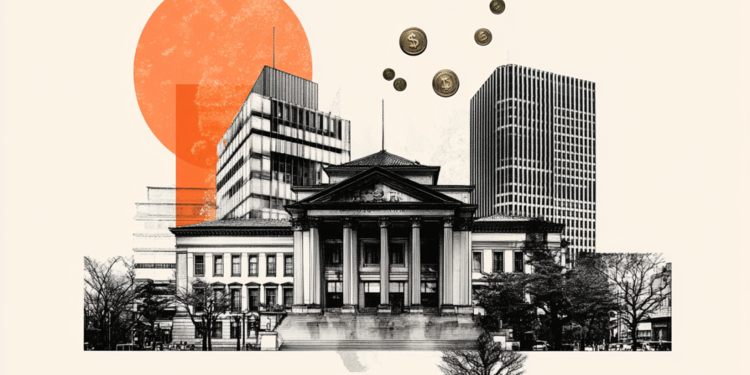- AUD/JPY retreats as rising real wages reinforce expectations of further BoJ rate hikes before end-2024.
- BoJ’s Takata said that “if the economy and prices move as expected, we will adjust the policy rate in several stages.”
- RBA Governor Michele Bullock said it was too early to consider rate cuts.
The AUD/JPY is retracing its recent gains from the previous session, trading around 96.30 during Asian hours on Friday. The Japanese Yen (JPY) is higher against the Australian Dollar (AUD) as rising real wages in July fuel speculation that the Bank of Japan (BoJ) could introduce another interest rate hike before the end of 2024.
Japan’s cash wage earnings rose 3.6% year-on-year, a slowdown from June’s 4.5% increase but the strongest since January 1997, beating market expectations of 3.1%.
The Japanese yen also received support from hawkish comments from Bank of Japan (BoJ) board member Hajime Takata on Thursday. Takata stated that “if the economy and prices move in line with our forecast, we will adjust the policy rate in several stages.”
The BoJ’s Takata also noted that the domestic economy is recovering moderately despite some signs of weakness. Although stock and currency markets have faced considerable volatility, Takata stressed that the BoJ remains optimistic about achieving its inflation target.
The AUD/JPY pair appreciated as the Australian Dollar received support from positive trade balance data released on Thursday. Australia’s trade surplus widened to $6.009 billion month-on-month in July, exceeding the $5.150 billion expected and the $5.589 billion in the previous reading.
In addition, Reserve Bank of Australia (RBA) Governor Michele Bullock spoke at The Anika Foundation in Sydney on “The Costs of High Inflation,” stating that it is too early to consider rate cuts. The board currently does not anticipate being able to cut rates in the near term.
Interest Rates FAQs
Financial institutions charge interest rates on loans to borrowers and pay them out as interest to savers and depositors. These are influenced by base interest rates, which are set by central banks based on economic developments. Central banks are typically mandated to ensure price stability, which in most cases means targeting an underlying inflation rate of around 2%.
If inflation falls below target, the central bank can cut base interest rates, in order to stimulate lending and boost the economy. If inflation rises substantially above 2%, the central bank typically raises base lending rates to try to reduce inflation.
In general, higher interest rates help strengthen a country’s currency by making it a more attractive place for global investors to park their money.
Higher interest rates influence the price of Gold because they increase the opportunity cost of holding Gold rather than investing in an interest-bearing asset or depositing cash in the bank.
If interest rates are high, the price of the US Dollar (USD) usually rises and since Gold is priced in dollars, the price of Gold falls.
The federal funds rate is the overnight rate at which U.S. banks lend to each other. It is the official interest rate typically set by the Federal Reserve at its FOMC meetings. It is set within a range, for example 4.75%-5.00%, although the upper limit (in this case 5.00%) is the figure quoted.
Market expectations for the Federal Reserve funds rate are tracked by the CME’s FedWatch tool, which measures the behavior of many financial markets in anticipation of future Federal Reserve monetary policy decisions.
Source: Fx Street
I am Joshua Winder, a senior-level journalist and editor at World Stock Market. I specialize in covering news related to the stock market and economic trends. With more than 8 years of experience in this field, I have become an expert in financial reporting.







